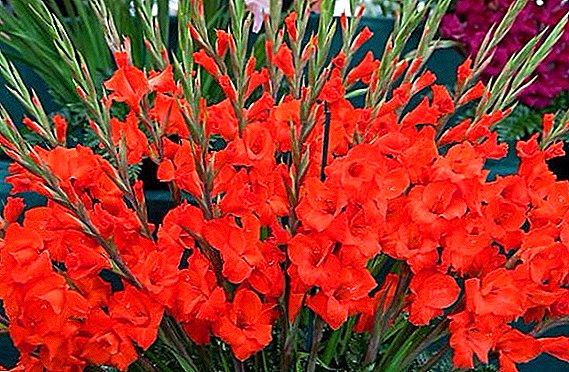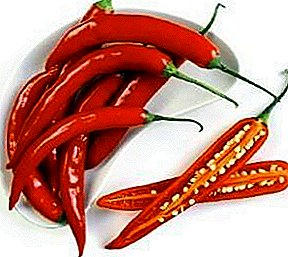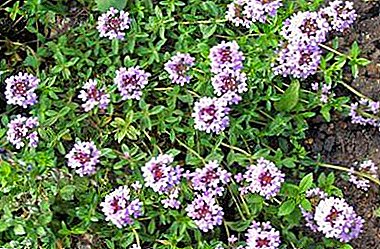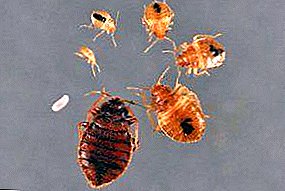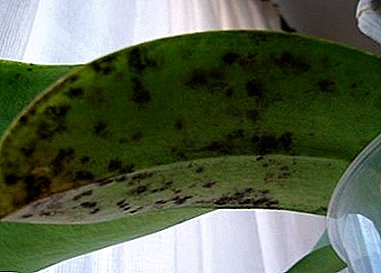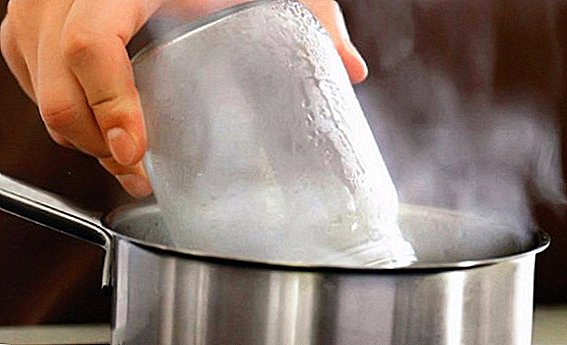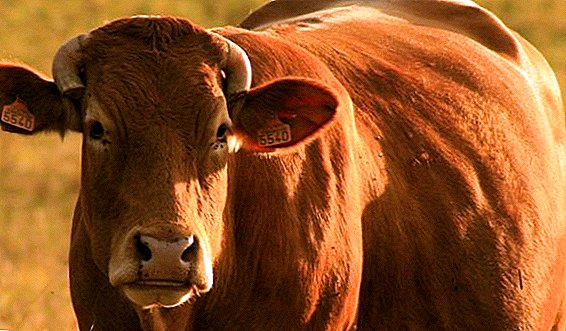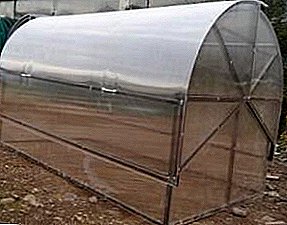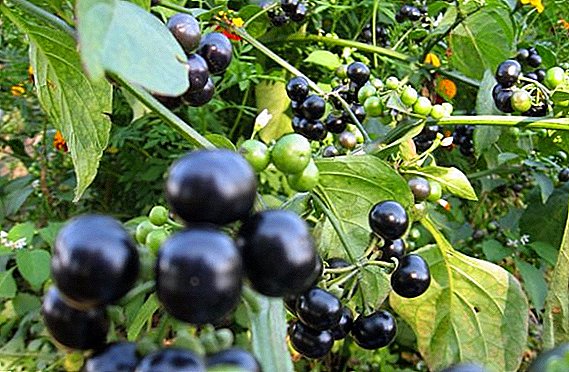 With the beginning of autumn, most trees and shrubs, in preparation for wintering, shed their leaves. Before this process there is a change in the color of the leaves. But sometimes it happens that the leaves remain on the branches, even when cold weather comes. Let's learn together why it happens, what it can lead to and how to help the trees.
With the beginning of autumn, most trees and shrubs, in preparation for wintering, shed their leaves. Before this process there is a change in the color of the leaves. But sometimes it happens that the leaves remain on the branches, even when cold weather comes. Let's learn together why it happens, what it can lead to and how to help the trees.
The role of leaves in the life of a tree
The most important role of foliage is the formation of organic products. The flattened sheet plate absorbs sunlight very well. In the cells of its tissue laid a large number of chloroplasts, in which photosynthesis takes place, as a result of which organic substances are formed.
Did you know? During the life of the plant evaporates a large amount of moisture. For example, adult birch per day loses up to 40 liters of water, and Australian eucalyptus (the tallest tree in the world) evaporates more than 500 liters.By the leaves of the plant also remove water. Moisture enters them through the system of vessels that are drawn from the rhizome. Inside the leaf plate, the water moves between the cells to the troughs, through which it subsequently evaporates. Thus there is a flow of mineral elements through the whole plant. The intensity of the withdrawal of moisture plants can adjust their own, closing and opening stomata.
Find out why fern, Dieffenbachia, hydrangea, arrowroot, hoya, dracaena, asparagus, orchid and pepper turn yellow.If moisture needs to be maintained, the stomata close. Mostly this happens when the air is dry and has a high temperature. Also, through the leaves, gas exchange occurs between the plants and the atmosphere. Through the stomata, they receive carbon dioxide (carbon dioxide), which is necessary for the production of organic matter, and release oxygen produced during photosynthesis. By saturating the air with oxygen, the plants support the vital activity of other living beings on Earth.
What trees shed their leaves for the winter
Falling foliage - a natural stage of development of most plants. It is so intended by nature, because in the exposed state the surface of moisture evaporation decreases, the risk of branches breaking off, etc., decreases.
Important! Falling leaves - a vital process, without which the plant can simply die.In different types of trees, dropping leaves in different ways.
Read also what trees can get.But every year the foliage shed such crops:
- chestnut;
- poplar (starts dropping leaves at the end of September);
- Linden;
- elm;
- bird cherry;
- Birch tree;
- oak (leaf fall begins in early September);
- mountain ash (loses leaves in October);
- apple tree (one of the last fruit crops that shed their foliage - in early October);
- nut;
- maple (can stand with leaves until frost);
- willow.

Did you know? In fact, conifers also shed needles. Only they do it not annually, but once in 2-4 years, gradually.
Reasons for not falling leaves
The foliage not fallen in autumn testifies to the incompleteness of the tree growth stage. This is typical mainly for cultures of southern or western European origin. They are not adapted to the short-term summer and need a long and warm growing season. However, even winter-hardy crops can remain for the winter with green foliage.
Check out the Top 15 deciduous trees and shrubs to give.
Such a situation may arise in the following cases:
- There is a glut of nitrogenous fertilizers. They stimulate the growth process.
- The dry summer abruptly gave way to a rainy cold autumn. At the same time frequent watering only exacerbates the situation.
- This variety does not fit the climate. Perhaps the plant did not have time to completely complete the development phase.
- Incorrect trimming. If this work is made illiterately and at the wrong time, it can provoke the rapid development of new shoots and leaves.

Important! Sick foliage negatively affects the condition of the whole plant, weakens the yield and reduces resistance to the effects of pests.
How to help and what to do
Experts and experienced gardeners know that even unprepared for wintering trees can be helped. The first step is to develop resistance to frost. For this you need:
- Blink (delete) foliage. This process is performed by running the palm along the branches from the bottom up, separating the dry and frail leaves. Breaking them by force is impossible.
- To whiten the central branches and tree trunk. This procedure must be completed before frost.
- Create a rhizome thermal pad. To do this, the first snow trampled, and poured on top of a mixture of peat and sawdust. The following fallen snow is also trampled.
- Limited feedings. In the autumn and at the end of the summer, only potash-phosphate fertilizers can be applied and not overfeeding the tree excessively.
 In early spring, plants that have stood with foliage on the branches all winter will need to be supplemented with potassium sulfate, and in the summer they will spray the crown with a pink solution of potassium permanganate. Thus, the process of preparing the trees should be started in advance so that they do not stray from the cycle established by nature. Only in this case, the tree will meet the frost strong, and the next season will give a good harvest.
In early spring, plants that have stood with foliage on the branches all winter will need to be supplemented with potassium sulfate, and in the summer they will spray the crown with a pink solution of potassium permanganate. Thus, the process of preparing the trees should be started in advance so that they do not stray from the cycle established by nature. Only in this case, the tree will meet the frost strong, and the next season will give a good harvest.Feedback from network users




